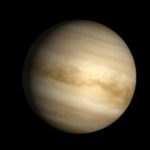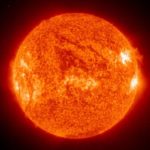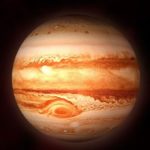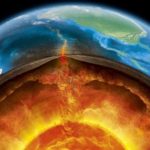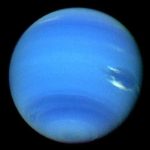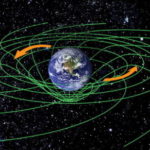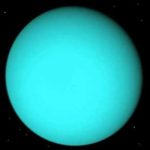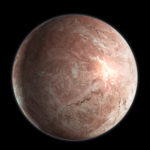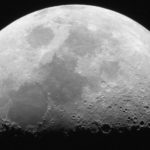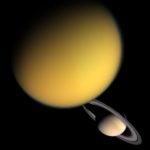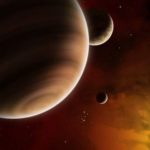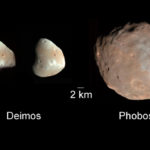Interesting facts about Mercury
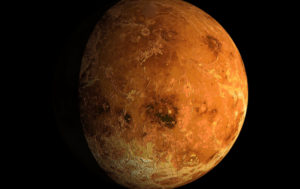 The small but hot Mercury is the nearest planet to the Sun, revolving around it at a frenzied speed. It is very poorly researched, since its study is difficult and very expensive, but humanity is slowly but surely learning more and more facts about it.
The small but hot Mercury is the nearest planet to the Sun, revolving around it at a frenzied speed. It is very poorly researched, since its study is difficult and very expensive, but humanity is slowly but surely learning more and more facts about it.
Mercury is the smallest and closest planet to the Sun.
Despite the modest size Mercury is characterized by high density. It is denser than the Earth in the solar system.
Despite its proximity to the Sun, Mercury is less a hot planet than Venus.
While on the daytime side of Mercury the temperature exceeds four hundred degrees, on the night side it can be below hundred degrees below zero.
The Messenger probe launched in 2004 is still working on the Mercurial orbit.
Mercury can be seen with the naked eye.
The spacecraft launched by humans visited Mercury’s surroundings only twice.
One of the first mentions of Mercury dates from around 3000 BC.
Mercury has a subtle atmosphere near the surface itself.
Craters around the poles of Mercury are never illuminated by the Sun.
Externally, Mercury is very similar to the Moon.
Canyons on Mercury can reach depths of hundreds of kilometers.
Mercury gets seven times more solar energy than Earth.
One Mercurian year is one and a half Mercurian days.
However, a day on Mercury last a little less than half a year on Earth – 176 days, to be precise.
Mercury, presumably, has an iron core, which is up to 4/5 of its total mass. This basis is made on the basis of the presence of Mercury’s own magnetic field.
Mercury does not have a change of seasons.
Mercury has a faintly visible tail, like a comet, two and a half million kilometers long.
Of all the planets of the solar system, Mercury has the most elongated orbit.
The largest crater on the surface of Mercury has a diameter of about one and a half thousand kilometers.
The atmosphere of Mercury consists mainly of helium.
There is an unconfirmed theory, according to which Mercury was once a companion of Venus.
At the poles of Mercury are clouds.
From the surface of Mercury the Sun looks three times larger than from the surface of the Earth.
